The age-old challenge of understanding and predicting turbulent flows has long vexed scientists and engineers across disciplines. From aircraft design to weather forecasting, the chaotic dance of vortices has remained one of the last great unsolved problems in classical physics. Now, a quiet revolution is underway as deep learning systems begin to decode the hidden patterns within turbulence's apparent randomness.
At the forefront of this revolution, researchers are developing neural networks that can not only predict turbulent flows with unprecedented accuracy but actually suggest ways to control them. These "turbulence AI" systems are learning to identify the fundamental building blocks of chaotic flows - the swirling vortices that emerge, interact, and dissipate in seemingly unpredictable ways.
The Vortex Whisperers: How Deep Learning Sees Patterns in Chaos
Traditional computational fluid dynamics (CFD) approaches turbulence through numerical simulations that solve the Navier-Stokes equations. While effective, these methods require immense computational resources, especially for high-Reynolds number flows where turbulence becomes most intense. Deep learning offers a fundamentally different approach - instead of calculating every interaction, the systems learn to recognize and predict the emergent patterns of turbulence.
Recent breakthroughs have shown that convolutional neural networks (CNNs) and graph neural networks (GNNs) can identify coherent vortex structures within turbulent flows that even experienced fluid dynamicists might miss. The AI systems don't "understand" turbulence in the traditional sense - they develop an intuition for how vortices form, move, and interact based on vast datasets of flow simulations and experimental measurements.
From Prediction to Control: The Next Frontier
What makes the latest generation of turbulence AI particularly exciting is its potential for active flow control. Researchers at Caltech and ETH Zurich have demonstrated neural networks that can predict how small perturbations to a flow field will affect vortex formation downstream. This capability opens the door to real-time control systems that could, for example, reduce drag on aircraft wings or optimize mixing in industrial processes.
One remarkable application comes from aerospace engineering, where teams are testing AI controllers that can manipulate wing surfaces to disrupt the formation of large, energy-wasting vortices. Early wind tunnel results suggest deep learning-based systems can achieve drag reductions of 15-20% compared to conventional control approaches.
The Data Hunger: Feeding the Turbulence Models
The success of these systems hinges on the quality and quantity of training data. Unlike many AI applications that can rely on internet-scale datasets, turbulence modeling requires carefully validated flow measurements and simulations. Researchers are addressing this through massive direct numerical simulations (DNS) that resolve all scales of turbulent motion, as well as innovative experimental techniques like 3D particle image velocimetry.
An international consortium led by NASA and the European Space Agency is currently compiling what will be the largest open database of turbulent flow cases, designed specifically for training next-generation AI models. The dataset includes everything from simple channel flows to complex separated flows around full aircraft configurations.
Interpretability Challenges: The Black Box of Turbulence
One persistent challenge with deep learning approaches to turbulence is interpretability. While the systems make accurate predictions, it's often unclear exactly how they arrive at their conclusions. This "black box" problem raises concerns for safety-critical applications like aircraft design or nuclear reactor cooling systems.
Several groups are working to address this by developing hybrid models that combine neural networks with traditional physics-based approaches. These systems use deep learning to predict certain aspects of the flow while maintaining physical constraints that ensure plausible behavior. The result is AI that's both powerful and trustworthy enough for engineering applications.
Beyond Fluids: Universal Lessons from Turbulence AI
The insights gained from applying deep learning to turbulence are proving valuable far beyond fluid dynamics. The techniques developed to identify and track vortices are being adapted for studying other complex systems - from plasma physics to galactic dynamics. There appears to be a universal quality to how neural networks extract order from chaos across different domains.
Perhaps most surprisingly, some of the patterns discovered by turbulence AI are leading physicists to re-examine longstanding theories about the fundamental nature of turbulence. The neural networks frequently identify vortex interactions that don't fit neatly into existing theoretical frameworks, suggesting there may be deeper organizing principles yet to be discovered.
The Road Ahead: From Lab to Real World
While much of the current work remains in research labs, the first commercial applications of turbulence AI are beginning to emerge. Several wind energy companies are testing AI-powered flow control systems for wind farms that can optimize turbine placement and operation based on real-time predictions of wake vortices. In the automotive sector, teams are using similar technology to reduce drag on trucks and improve cooling system efficiency.
The coming years will likely see these technologies mature and find applications we can scarcely imagine today. As deep learning systems grow more sophisticated and computational power continues to increase, we may finally be approaching an era where humanity can not just predict, but truly tame the whirlwind.
What began as an attempt to better understand a fundamental physics problem is evolving into a transformative technology with far-reaching implications. The dance of vortices that has fascinated and frustrated scientists for centuries may soon become a choreographed performance - with deep learning systems as the unlikely conductors.
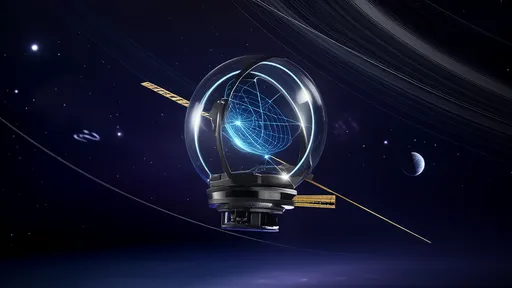
By /Aug 5, 2025

By /Aug 5, 2025

By /Aug 5, 2025
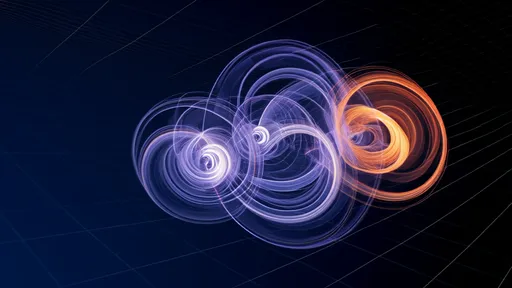
By /Aug 5, 2025
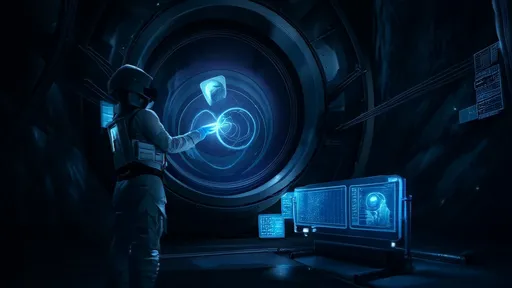
By /Aug 5, 2025

By /Aug 5, 2025
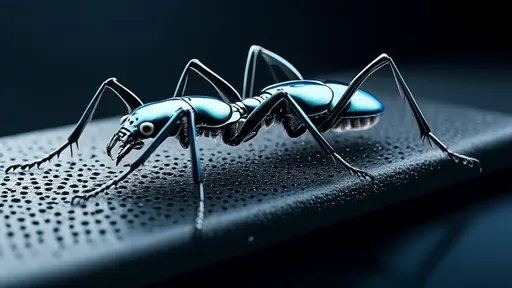
By /Aug 5, 2025
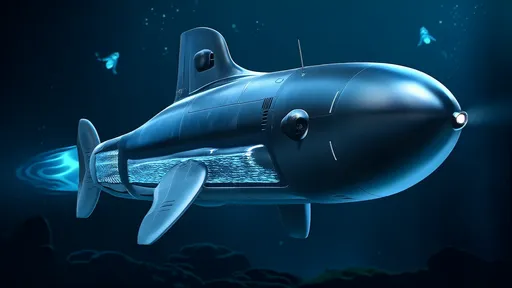
By /Aug 5, 2025
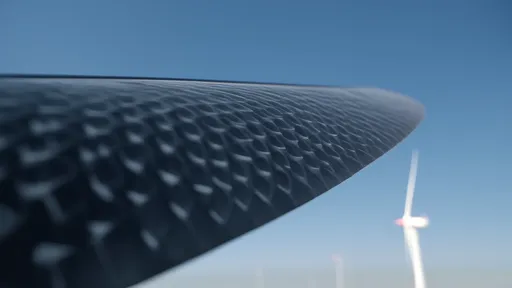
By /Aug 5, 2025

By /Aug 5, 2025
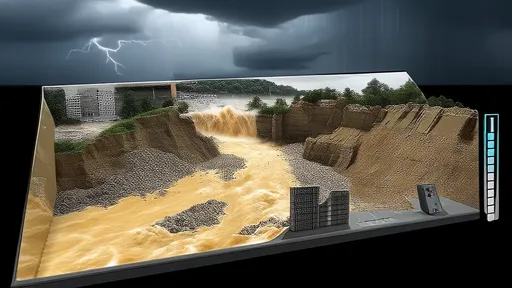
By /Aug 5, 2025
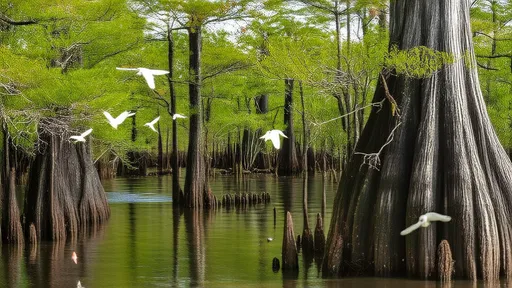
By /Aug 5, 2025
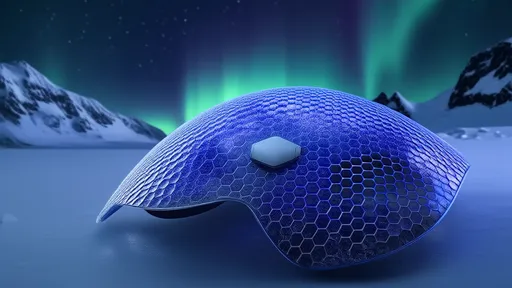
By /Aug 5, 2025
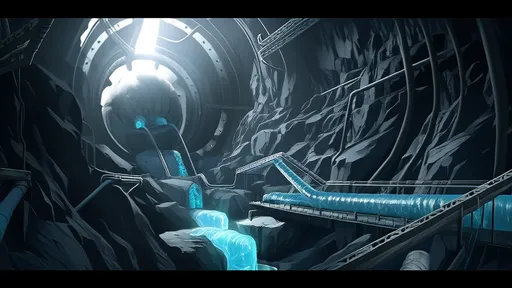
By /Aug 5, 2025

By /Aug 5, 2025
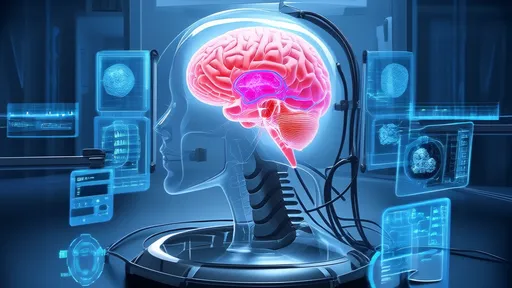
By /Aug 5, 2025
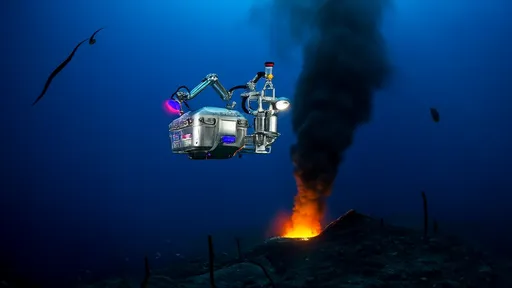
By /Aug 5, 2025

By /Aug 5, 2025

By /Aug 5, 2025
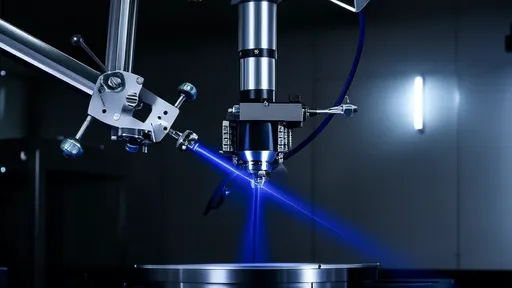
By /Aug 5, 2025